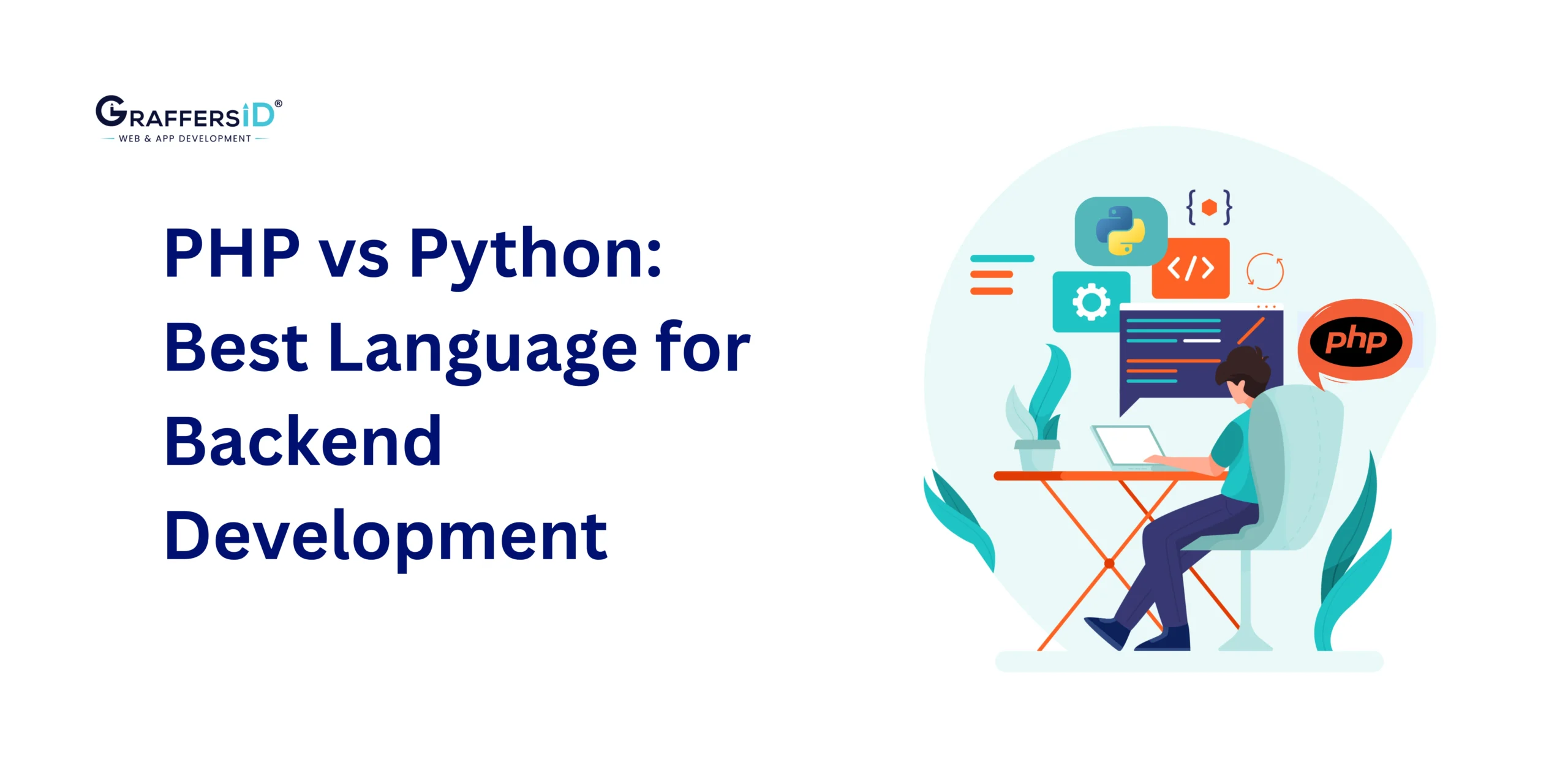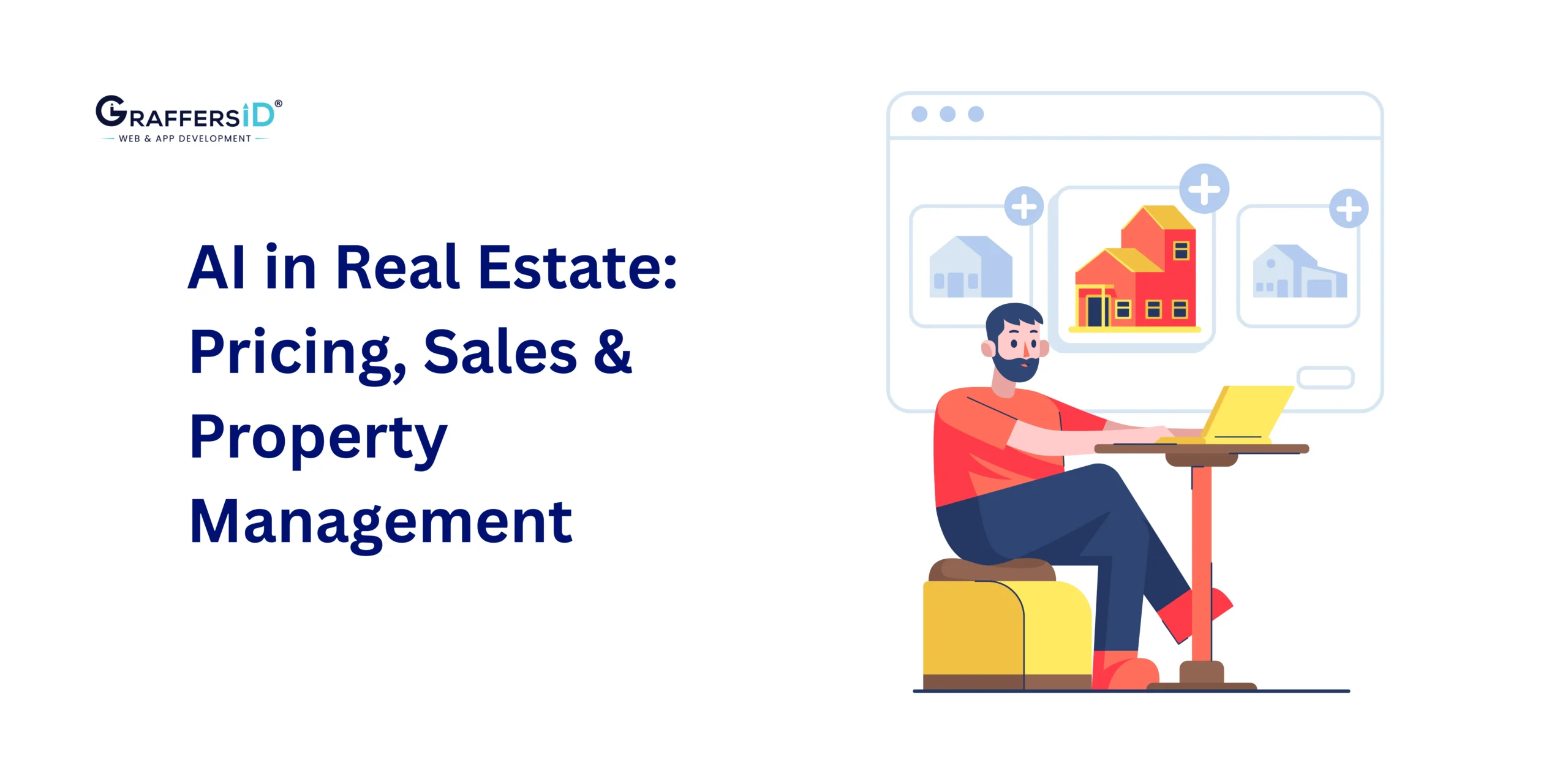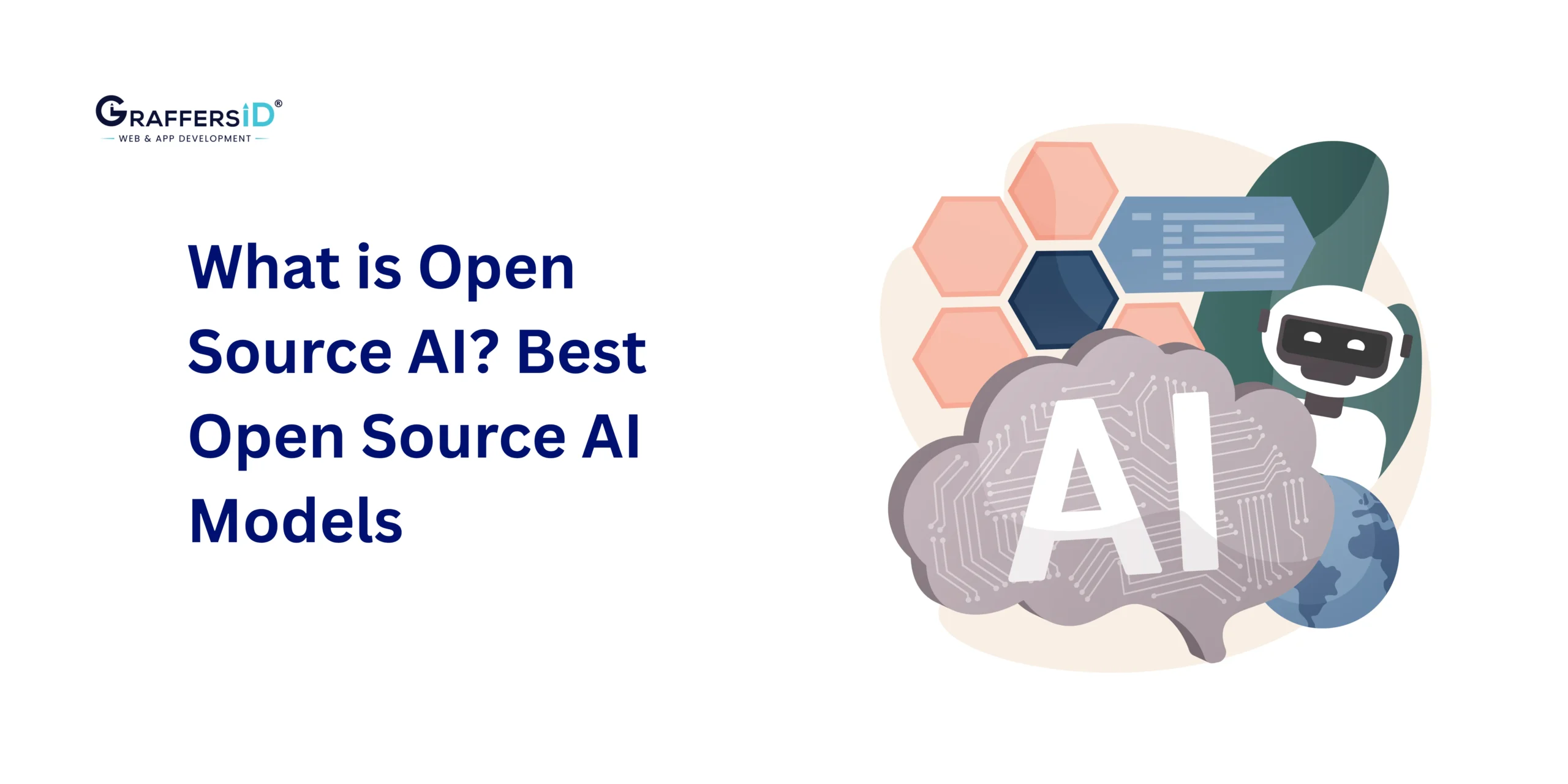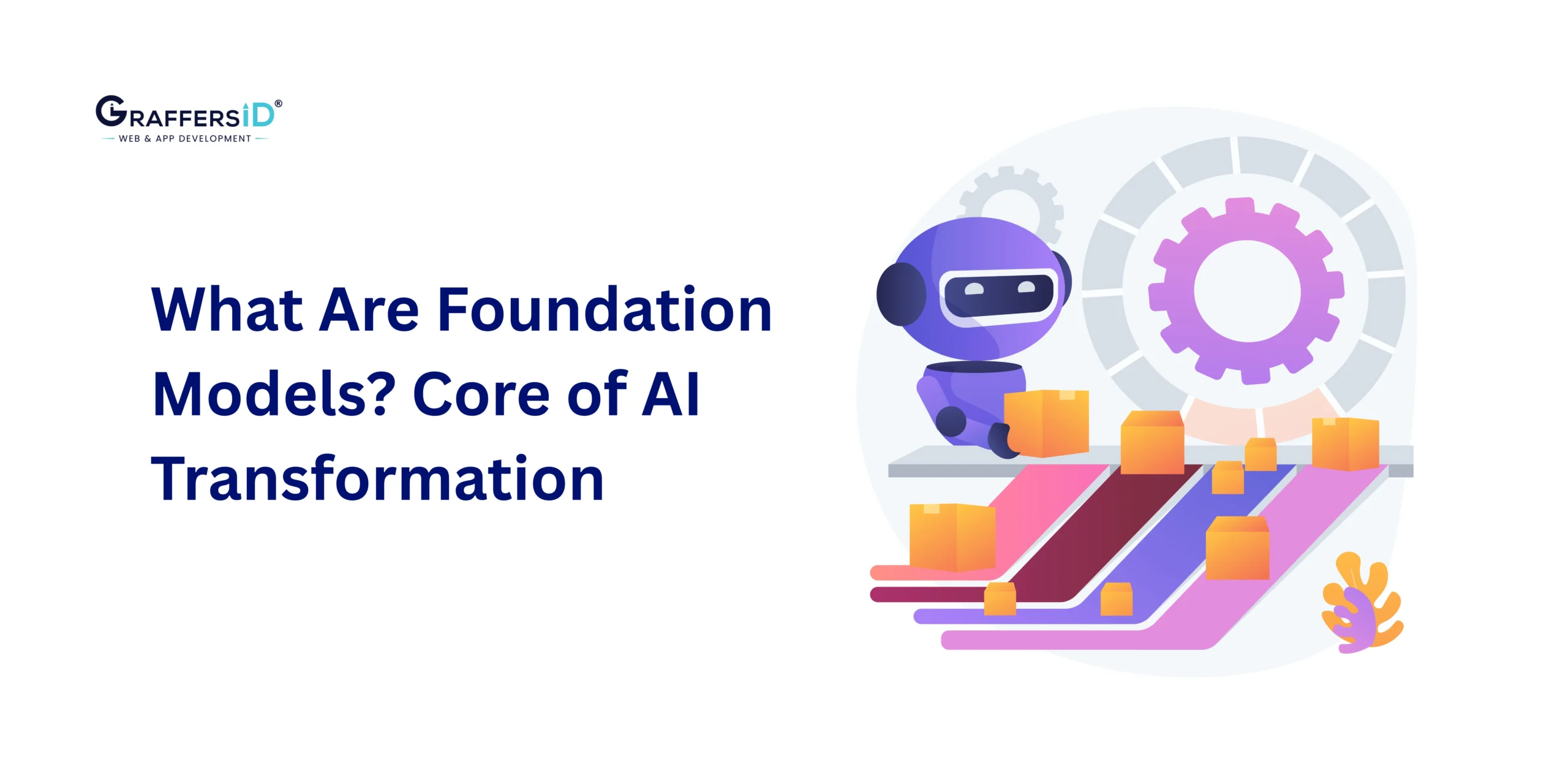PHP vs. Python: Both are widely used high-level programming languages. PHP is an open-source server-side scripting language, while Python is known for its dynamics, simplicity, and availability. Despite being equally popular among developers, these two languages also have several differences. The wide prevalence of both languages leads to one question-which language is to be chosen for server-side development?
To get the right to this question, it is important to consider the features, scope, and functionality of Python and PHP in software development. It is also important to understand the main differences between PHP vs. Python.
In this article, we strive to explain the differences and similarities between the two languages, i.e., PHP vs. Python.
What is PHP?
Developed in 1994, PHP, or Hypertext Preprocessor, is an open-source server-side scripting language. Developed by Rasmus Lerdorf, PHP was created as several components and extensions that extended the capabilities of the widely used C language. With the constant use and extension of PHP and the emergence of a community, the new language soon became a widely used language for backend development.
Over 80% of modern websites are based on PHP today. If you want to hire PHP Developers from India, Consult GraffersID, a leading IT Staff Augmentation Company.
PHP is evolving constantly and is complemented by the developer team and members of a large user community. PHP is at its peak, and it would be wrong to say that there is any decline in the popularity of the language.
Key Features of PHP
- Server-Side Scripting
- Open source
- Cross-Platform
- Embeddable
- Supports various databases
- Built-in security features
- Command-line interface mode
What is Python?
Developed by Guido van Rossum in 1989 as the replacement of the ABC language, Python is five years older than its competitor. Python gained popularity around the year 2000 after the release of Python 2.0, one of its main features was complete Unicode support.
Python was engineered as a full-stack programming language from the initial days. That’s the reason why it is not popular on the web- today, less than 1% of websites are created and managed using Python.
Key Features of Python
- Readable and Expressive Syntax
- High-Level Language
- Interpreted Language
- Large Standard Library
- Object-oriented programming (OOP)
- Third-Party Libraries
Advantages of PHP
Wide Adoption:
PHP has been around for a long time and is widely adopted, making it one of the most popular programming languages for web development. It powers millions of websites and is supported by a large community of developers.
Easy to Learn:
PHP has a relatively low learning curve, especially for beginners with a background in HTML. Its syntax is similar to C, Java, and other languages, making it accessible for developers from different programming backgrounds.
Versatility:
PHP is primarily designed for web development and excels at creating dynamic and interactive web pages. It offers extensive support for databases, making it suitable for building content management systems, e-commerce platforms, and other web applications.
Huge Ecosystem:
PHP has a vast ecosystem with a wide range of frameworks, libraries, and tools available. Frameworks like Laravel, Symfony, and CodeIgniter provide structure and help developers build applications more efficiently.
Integration Capabilities:
PHP integrates well with various databases, including MySQL, PostgreSQL, and MongoDB. It also offers seamless integration with popular web servers like Apache and Nginx.
Disadvantages of PHP
Inconsistent Design:
PHP’s long history has led to inconsistencies in its design and syntax, making it sometimes challenging to maintain and read code. It lacks a unified standard library and often requires external libraries for common functionalities.
Security Concerns:
PHP has had its share of security issues in the past, although significant improvements have been made over the years. However, developers must remain cautious and follow best practices to avoid vulnerabilities in PHP applications.
Performance:
PHP is an interpreted language, which can result in slower performance compared to compiled languages like Java or C++. While this performance gap has narrowed with advancements in PHP engines, it may still be a consideration for highly demanding applications.
Advantages of Python
Readability and Simplicity:
Python emphasizes readability and uses clean syntax, making it easy to understand and write code. Its simplicity reduces the time and effort required for development and debugging, making it an excellent choice for beginners and experienced programmers alike.
Extensive Library Support:
Python boasts a vast standard library and a rich ecosystem of third-party libraries and frameworks. This abundance of resources enables developers to leverage existing solutions for various tasks, such as web development, data analysis, scientific computing, machine learning, and more.
Cross-Platform Compatibility:
Python is available on multiple platforms, including Windows, macOS, and Linux, allowing developers to write code once and run it anywhere. This portability is beneficial when deploying applications across different operating systems.
Strong Community and Documentation:
Python has a vibrant and active community of developers who contribute to its growth. This community support ensures an abundance of documentation, tutorials, and forums to help programmers at all skill levels.
Scalability and Productivity:
Python’s simplicity and vast library ecosystem contribute to increased productivity. Its scalability allows for easy development and maintenance of large-scale applications, making it a popular choice for startups and enterprises alike.
Disadvantages of Python
Performance Limitations:
Python is an interpreted language, which can lead to slower performance compared to compiled languages. While Python offers ways to optimize performance, highly computational tasks may still be better suited to languages like C++.
Global Interpreter Lock (GIL):
The GIL in Python restricts the execution of multiple threads simultaneously, which can limit performance when dealing with multithreaded CPU-bound applications. However, this limitation doesn’t affect I/O-bound tasks and can be mitigated by using multiprocessing or external libraries.
Mobile and Game Development:
Python is not commonly used for mobile app development or game development, as other languages like Java, Swift, or C# dominate these domains.
Is Python a server-side scripting language?
Yes, Python can be used as a server-side scripting language. Python is a versatile programming language that can be used for various purposes, including server-side web development. There are several web frameworks available for Python, such as Django, Flask, and Pyramid, that facilitate the development of server-side applications.
With these frameworks, Python can handle HTTP requests, process data, interact with databases, and generate dynamic content to be served to clients. Python’s extensive standard library and third-party packages provide numerous tools and modules for server-side scripting tasks, making it a popular choice for web development.
PHP vs. Python: What is Common?
Here are the common properties between Python and PHP:
- Both languages are easy to learn compared to C++ and Perl.
- Both languages are open source and can be updated by users for the purpose of the environment.
- Python and PHP are accompanied by detailed and extensive documentation.
- Both languages are portable and versatile.
- A wide developer community facilitates the process of learning and working with PHP and Python.
PHP vs. Python: What are the Differences?
When choosing a language for development, its features are the first thing that should be considered.
Development Logic
The most crucial difference between PHP and Python is orientation. Python is aspect-oriented, which means that it separates the program functionality and splits the program into different modules, while PHP is object-oriented, which means those code modules that contain functions and data are encapsulated into objects in PHP.
Thus, the Python developer creates separate functional modules and registers the connection between modules on an “if-then” basis. This results in an algorithm that programs blocks based on the actions of users.
On the other hand, working with PHP means creating an integral object that comprises certain properties and executes certain actions based on the user input.
Syntax
PHP’s syntax is quite similar to the syntax of C. When writing code using PHP, curly brackets, operators, additional characters, and other C elements are used. An unpleasant feature of PHP is that it is incompatible with namespace conventions, which is why developers do not perceive PHP as a full-fledged programming language. However, this is mainly because the language was initially designed for website management.
On the contrary, the syntax of Python is based on the separation of the code with tabs and spaces, which considerably speeds up the process of coding, but increases the possibility of careless errors. Python comes with the benefit of simplicity of commands; most of the commands in Python are similar to corresponding words in English, which makes it easier to learn Python.
Here are some secondary differences between PHP and Python:
- PHP is tightly regulated, while Python is a more flexible programming language.
- PHP requires loading special packages manually, whereas Python uses special packages to load additional libraries.
- In PHP, ensuring security requires additional tools. In contrast to this, applications written in Python are considered highly safe.
- PHP was created to support web applications and is more applicable in this area. On the other hand, Python supports a graphical user interface and can be effectively used in web development.
Know the difference between Python and Java
Future Trends: PHP vs. Python for server-side work
PHP Trends
PHP has been the backbone of web development for decades. Known for its ease of use, it powers numerous websites and applications, including the likes of Facebook and WordPress. However, the PHP ecosystem has evolved significantly, and its future trends suggest some interesting developments.
1. Performance Improvements:
One of the most notable trends in PHP is the continuous improvement in performance. The introduction of PHP 7 and later versions brought significant speed enhancements, making it a more competitive choice for server-side work. PHP’s community is actively working on optimizing its performance, ensuring it remains a viable option in the future.
2. Modern Features:
PHP has embraced modern programming features, incorporating concepts like namespaces, traits, and type hinting. These additions make PHP more versatile and attractive for developers who want to write clean and maintainable code.
3. Web Assembly (Wasm):
The integration of Web Assembly into PHP is another exciting development. This allows PHP to execute code directly in the browser, opening up possibilities for server-side rendering and client-side processing in a unified environment.
4. PHP 8:
PHP 8, released in November 2020, introduced numerous new features and performance improvements. It includes Just-In-Time (JIT) compilation, union types, and attributes, positioning PHP as a forward-looking language.
Python Trends
Python’s versatility has made it a powerhouse in various fields, including web development. It’s known for its simplicity and readability, attributes that have contributed to its growth in popularity. Here are some future trends for Python in server-side development:
1. Full-Stack Development:
Python’s growth in the web development ecosystem extends beyond the server side. Frameworks like Django and Flask have made Python an attractive choice for full-stack development, enabling developers to build both front-end and back-end components using a single language.
2. Machine Learning and AI:
Python’s dominance in machine learning and artificial intelligence is a major trend that’s expected to continue. As web applications increasingly integrate AI-driven features, Python’s presence in the server-side stack is set to grow.
3. Microservices and Serverless:
The trend toward microservices architecture and serverless computing aligns well with Python’s lightweight and modular approach. Developers can build scalable serverless applications efficiently using Python.
4. WebAssembly Integration:
Python is also exploring WebAssembly integration, similar to PHP. This allows for server-side scripting in the browser, creating opportunities for real-time applications with a Python backend.
Both PHP and Python have a promising future in server-side work. PHP, with its continuous performance improvements and modern features, remains a strong contender for web development projects. On the other hand, Python’s versatility, coupled with its expansion into full-stack development, machine learning, and serverless computing, positions it as a compelling choice for a wide range of applications.
PHP vs. Python: What to Choose?
Despite the number of differences between these tools, such as syntax, application, and logic, these languages also have several common properties.
They have many useful libraries, convenient, easy to use, detailed documentation, and broad communities. However, choosing the right technology between the two depends completely on your development project.
To create simple sites and web applications, as the experience of developers suggests, PHP is the best option. However, Python is your go-to option when it comes to the development of complex, flexible products.
Moreover, while choosing a language for mobile development, keep in mind that Python is not limited to web development capabilities, which makes Python more versatile and convenient than PHP.
All the major mobile platforms, such as Android, iOS, and Windows Mobile, have some kind of Python framework that helps in the native applications.
Owing to its logic and regulations, PHP is better for web development projects. Although there are ways to build a server-side backend for mobile applications using PHP, however, it is quite hard compared to Python.
Conclusion
In a nutshell, the choice between PHP and Python lies in flexibility, stiffness, versatility, and nativity. The final choice of language is dependent on the assigned task and the skills of the developer.
We hope that through this article, you can better understand the main properties of these two popular languages. Still in doubt about which languages would make the best choice, get in touch with skilled PHP and Python developers at GraffersID, a leading IT Staff Augmentation Company.





